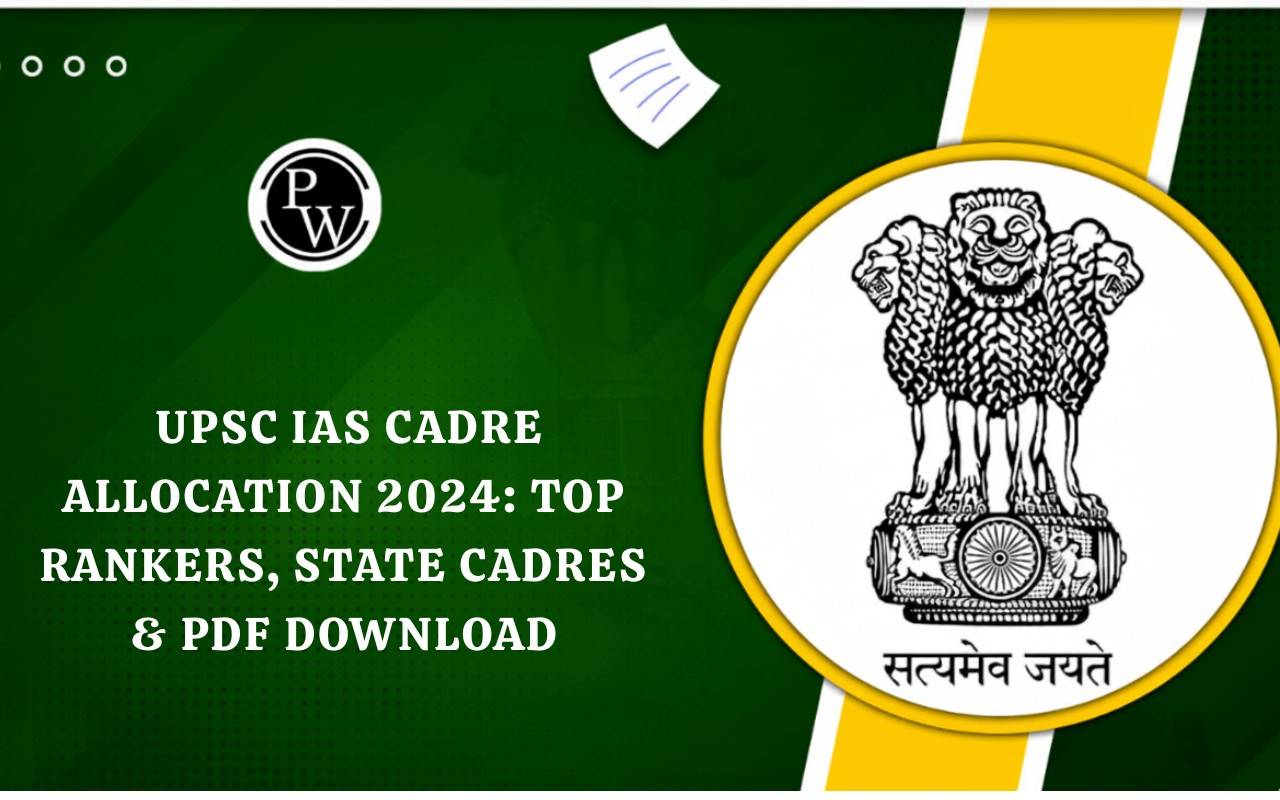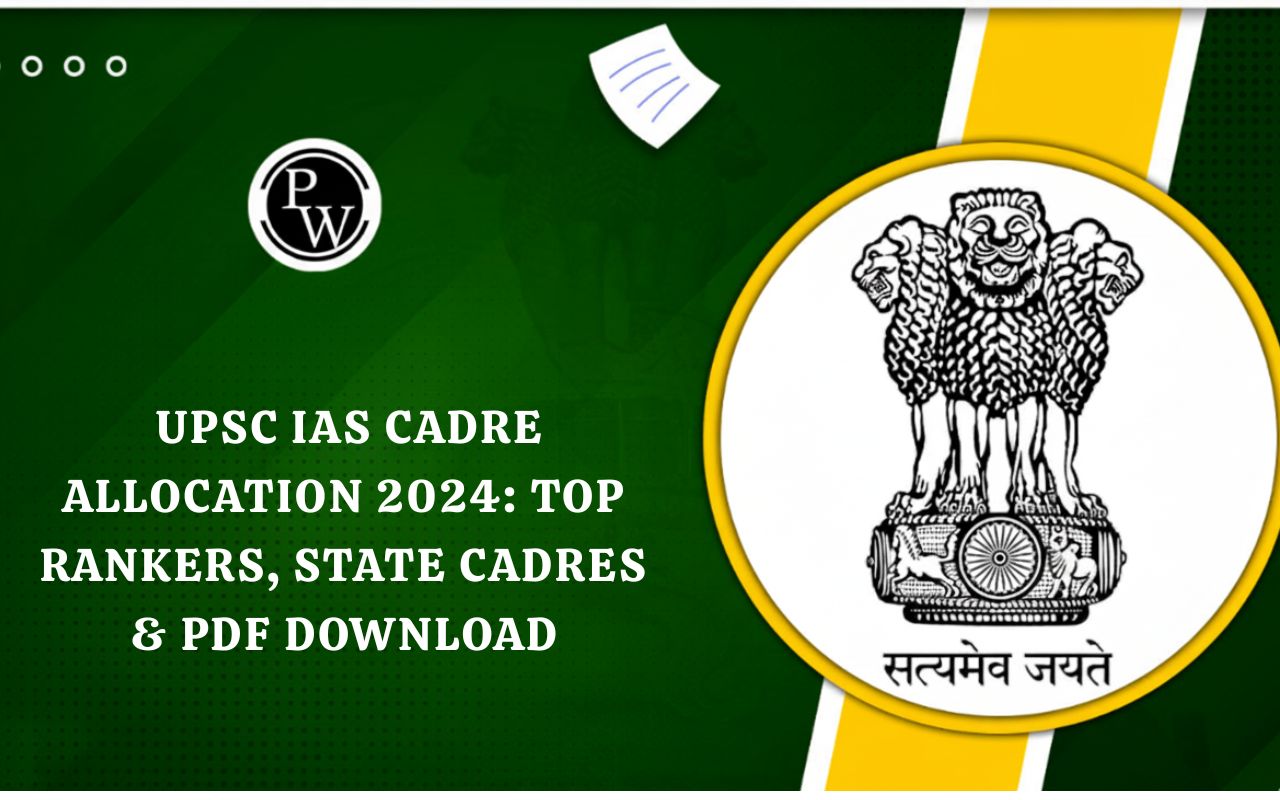
Phillips Curve is a popular concept in economics that explains the relationship between inflation and unemployment. It suggests that when unemployment is low, inflation tends to be high, and vice versa. This idea has influenced many economic policies across the world. The Phillips Curve helps policymakers understand how controlling one aspect of the economy can impact another. Read on to learn more!
Phillips Curve Economics
The Phillips Curve connects two major aspects of any economy: inflation and unemployment. Inflation means the rate at which the prices of goods and services rise. Unemployment refers to the number of people willing to work but unable to find jobs.
According to the Phillips Curve, when unemployment falls, inflation rises. This happens because more people working leads to more spending, which increases demand. When demand is high, prices tend to go up. On the other hand, when unemployment is high, people have less money to spend. This reduces demand, and inflation stays low.
This economic theory became a critical tool for central banks and governments in making policy decisions as it helps them balance job creation with price stability.
History of Phillips Curve
The concept of the Phillips Curve came from A.W. Phillips, a New Zealand-born economist. In 1958, he published a paper titled “The Relationship Between Unemployment and the Rate of Change of Money Wage Rates in the United Kingdom, 1861–1957.”
Phillips studied data from nearly 100 years and found a clear inverse relationship between wage inflation and unemployment in the UK. His research showed that when unemployment was low, wages grew faster. When unemployment was high, wages increased slowly.
Later, economists extended this idea to price inflation, not just wage inflation. In the 1960s, the Phillips Curve became widely accepted in policy circles in the US and other countries. However, it faced criticism in the 1970s when economies experienced high inflation and high unemployment together, a situation called stagflation.
Phillips Curve Theory
The Phillips Curve theory is based on the idea of a trade-off between inflation and unemployment. Here’s how it works:
-
Low unemployment = High inflation
More jobs mean more spending, which raises prices. -
High unemployment = Low inflation
Fewer jobs mean less spending, so prices stay stable.
The curve itself is downward-sloping, which shows that as one factor goes down, the other goes up. Policymakers believed they could choose a point on this curve based on their goals. If they wanted lower unemployment, they had to accept higher inflation. If they wanted low inflation, they had to tolerate higher unemployment.
However, this theory is not always reliable. Over time, economists introduced new ideas like the expectations-augmented Phillips Curve and the Phillips curve long run, which suggest that the relationship may not hold over time.
Phillips Curve Examples
Here are a few real-world examples to understand the Phillips Curve better:
United States in the 1960s
The U.S. economy in the 1960s seemed to support the Phillips Curve. Unemployment was low, and inflation began to rise. Policymakers believed they could reduce unemployment further with some inflation.
United States in the 1970s (Stagflation)
This decade challenged the Phillips Curve. The U.S. experienced stagflation, both high inflation and high unemployment. This went against the original idea of the Phillips Curve and led to criticism.
Limitations of the Phillips Curve
The Phillips Curve is not perfect. Over time, economists have pointed out several limitations:
-
Ignores expectations: People adjust their behaviour if they expect inflation. This weakens the trade-off.
-
Fails in long term: In the long run, the economy returns to its natural rate of unemployment, and inflation has no impact on it.
-
Doesn’t explain stagflation: The 1970s proved that both inflation and unemployment can rise together.
-
Supply-side shocks: Events like oil crises, wars, or pandemics affect inflation and unemployment independently.
-
One-size-fits-all assumption: It may not apply the same way to all countries or economic conditions.
Thus, while useful in theory, the Phillips Curve must be used carefully and with other tools in economic analysis.
Significance of Phillips Curve
Despite its limitations, the Phillips Curve still holds some value in economics:
-
Helps frame policy: It helps central banks like the RBI or the Federal Reserve decide when to raise or lower interest rates.
-
Explains short-term trends: In the short run, it may still show a relationship between inflation and unemployment.
-
Encourages balanced decisions: Policymakers understand the trade-offs they must make while controlling inflation or reducing joblessness.
-
Influences wage negotiations: Employers and workers may use inflation and unemployment data to fix salaries.
In summary, the Phillips Curve analysis gives us a simple way to understand the balance between inflation and unemployment. While its real-world application is limited, it still helps explain short-term changes in the economy.
Explore more such economic concepts and master UPSC preparation. Join the UPSC Courses by Physics Wallah today!
Phillips Curve FAQs
What does the Phillips Curve show?
Who introduced the Phillips Curve?
Does the Phillips Curve always apply?
What is stagflation?
Why is the Phillips Curve important for UPSC?

UPSC Coaching









